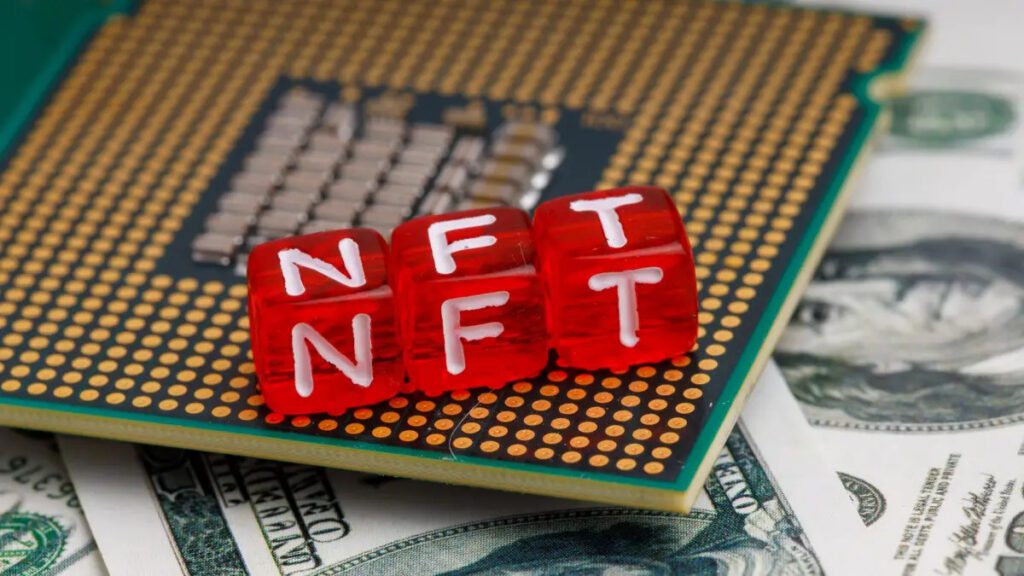The Rise of NFTs: What They Are and How They're Impacting the Art and Finance Worlds

Non-fungible tokens, or NFTs, have taken the art world by storm in recent months. From digital art to collectible sneakers, NFTs have opened up a whole new world of possibilities for artists and collectors alike. But what exactly are NFTs, and how are they changing the art and finance worlds?
NFTs are unique digital assets that are stored on a blockchain, which is a decentralized, digital ledger that records transactions. This means that NFTs are one-of-a-kind and cannot be replicated or duplicated. NFTs can be used to represent anything that is unique and valuable, including art, music, videos, and even virtual real estate.
One of the most significant impacts of NFTs is the way they are changing the art world. In the past, artists had to rely on galleries or auction houses to sell their work. This often meant giving up a significant portion of the sale price in commission fees. With NFTs, artists can sell their work directly to collectors and keep a larger portion of the sale price. This has opened up new opportunities for emerging artists who may not have had access to the traditional art market.
But it’s not just artists who are benefiting from NFTs. Collectors are also seeing the value in owning unique digital assets. NFTs offer a way to own something that is truly one-of-a-kind, which is a rare opportunity in a world where so much art is mass-produced. Collectors are also seeing the potential for NFTs to appreciate in value over time, which is similar to the way traditional art works.
NFTs are also changing the way finance works. Because NFTs are stored on a blockchain, transactions are transparent and secure. This makes it easier to prove ownership and transfer ownership of assets. NFTs can also be used as collateral for loans, which is a new use case that is just starting to be explored.
Of course, like any new technology, there are some risks associated with NFTs. One of the most significant risks is the potential for fraud. Because NFTs are unique and valuable, there is a risk that scammers will create fake NFTs and try to sell them to unsuspecting buyers. There is also a risk that the value of NFTs will decline over time, which could lead to financial losses for collectors.
Despite these risks, NFTs are here to stay, and they are already having a significant impact on the art and finance worlds. As more artists and collectors enter the NFT market, it’s likely that we’ll see new use cases and applications for NFTs emerge. It’s an exciting time to be a part of the art and finance worlds, and NFTs are at the forefront of this exciting new era.

